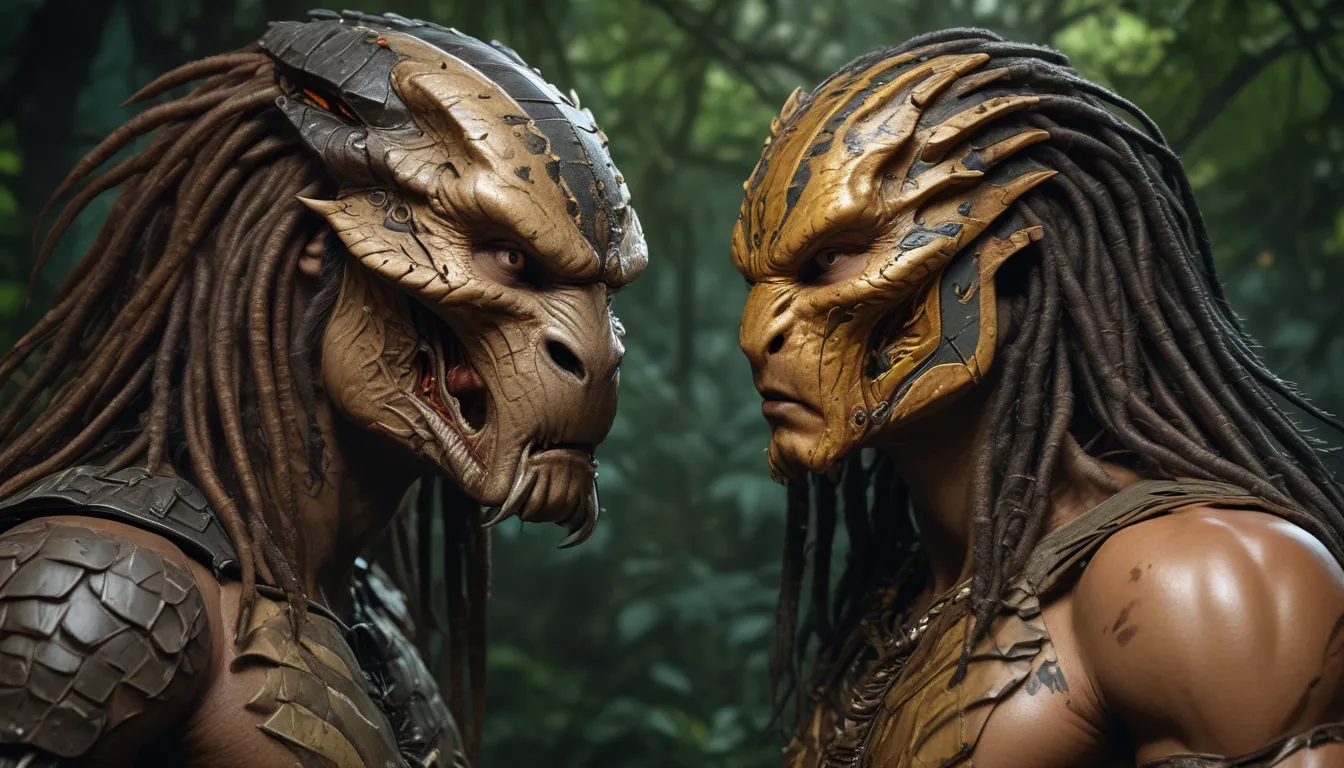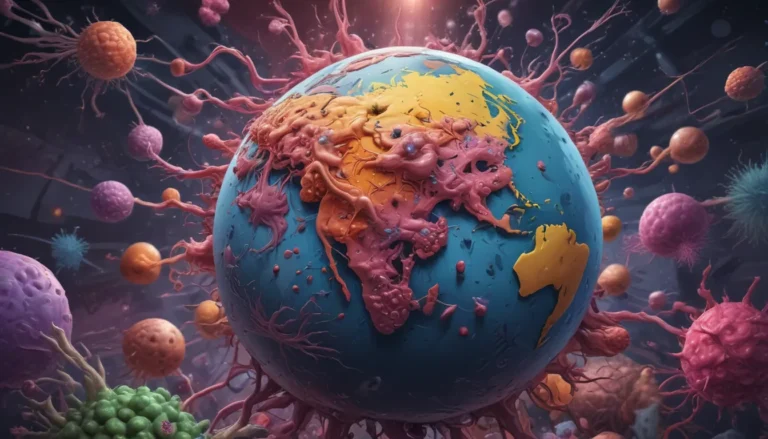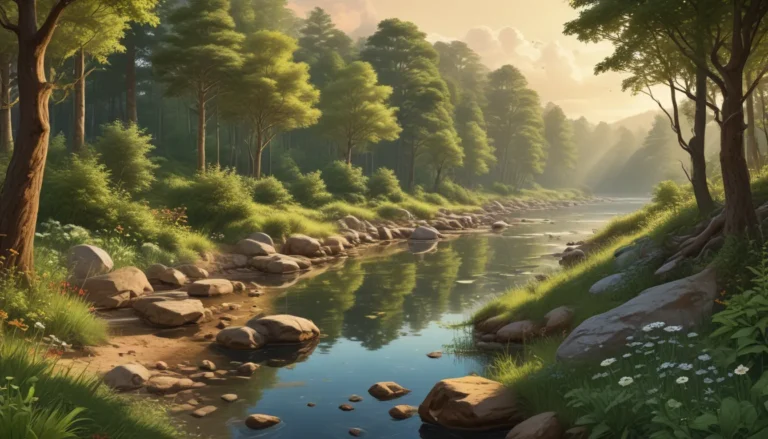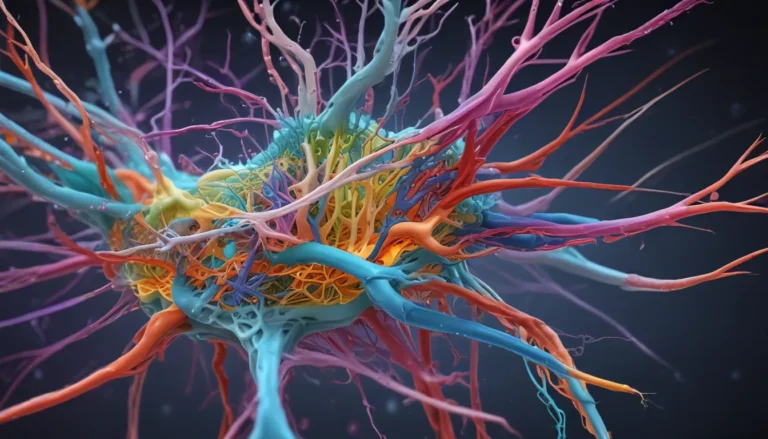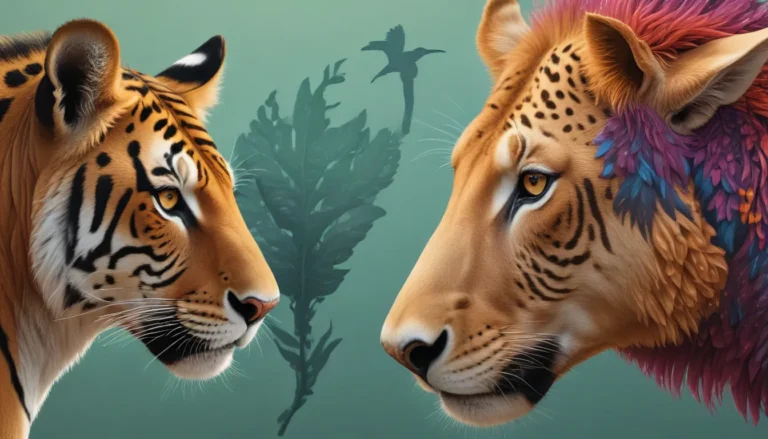A Note About Images: The images used in our articles are for illustration purposes only and may not exactly match the content. They are meant to engage readers, but the text should be relied upon for accurate information.
Predator-prey relationships have captivated biologists and researchers for ages, unveiling the intricate dynamics between hunters and the hunted in the natural world. These interactions shape ecosystems, maintain balance, and showcase the fascinating adaptations and strategies evolving over millions of years. Let’s delve into 14 enigmatic facts about predator-prey relationships, shedding light on survival tactics, co-evolutionary arms races, and the curious nature of these captivating interactions.
Understanding the Essence of Predator-Prey Relationships
Predator-prey relationships are the cornerstone of the natural world, driving ecological balance and ensuring the survival of diverse species. These interactions serve as a mechanism for regulating populations, controlling disease spread, and influencing the evolutionary trajectory of various organisms.
The Intriguing Tactics of Predators
Predators employ a diverse range of hunting strategies to capture their prey, from stealthy ambush techniques to relentless pursuit. These tactics can include camouflage, speed, agility, and even cooperation among predator species to increase hunting success.
The Defense Mechanisms of Prey Species
To evade predators, prey species have developed remarkable defense mechanisms ranging from physical adaptations like sharp spines to behavioral tactics such as mimicry and camouflage. These strategies enhance their chances of survival in the face of constant predator pressure.
The Evolutionary Arms Race of Predator-Prey Relationships
Predator-prey relationships give rise to a co-evolutionary arms race, where predators develop more efficient hunting strategies, prompting prey species to evolve better defenses. This perpetual cycle of adaptation and counter-adaptation shapes the evolutionary trajectory of both predators and prey.
Specialized Predators and Their Prey
Certain predators have evolved to specialize in hunting specific prey species, showcasing exceptional adaptations tailored to capture their chosen targets. For instance, the swift cheetah relies on its remarkable speed to chase down agile antelopes.
The Regulatory Role of Predators
By controlling prey populations, predators prevent overpopulation, resource depletion, and ecosystem imbalances. This regulation is essential for maintaining healthy and sustainable ecosystems, highlighting the crucial role predators play in ecosystem dynamics.
Antipredator Behaviors of Prey Species
Prey species exhibit a variety of behaviors to avoid falling victim to predators, including freezing in place, fleeing, or engaging in group defense mechanisms. These strategies enhance their chances of survival and deter predator attacks.
Indirect Effects of Predator-Prey Relationships
Changes in prey populations can have ripple effects on other species within the ecosystem, influencing the dynamics of the entire community. A decline in prey species can lead to cascading effects on predators and other organisms reliant on them for sustenance.
The Influence of Predators on Prey Behavior
The presence of predators can alter the behavior, morphology, and gene expression of prey species, a phenomenon known as predator-mediated trait plasticity. This interaction highlights the intricate ways in which predators shape the evolution of their prey.
Remarkable Escape Mechanisms of Prey Species
Certain prey species have developed astonishing escape mechanisms through evolution, such as the ability to shed body parts when caught by a predator. These adaptations enable prey to evade predators and increase their chances of survival in the wild.
Patterns Emerging from Predator-Prey Interactions
The interactions between predators and prey can lead to distinct spatial and temporal patterns in distribution and movement. These patterns influence ecosystem dynamics, community structure, and the interconnectedness of species within the ecosystem.
Mutual Influence of Prey on Predator Behavior
Prey species can influence the behavior and distribution of predators through their actions and behaviors. By altering habitat selection or engaging in group defense behaviors, prey species can deter potential predators and shape the dynamics of predator populations.
Cooperative Hunting Behaviors in Predators
Certain predator species engage in cooperative hunting strategies to increase their chances of capturing prey. These behaviors may involve coordinated efforts, hunting in packs, or employing strategies that require multiple individuals to effectively capture prey.
Human Impact on Predator-Prey Relationships
Human activities such as habitat destruction, overfishing, and pollution can disrupt predator-prey relationships, leading to imbalances and population declines. These disruptions underscore the importance of conservation efforts to preserve the delicate balance of ecosystems.
Conclusion: Embracing the Complexity of Predator-Prey Relationships
In conclusion, predator-prey relationships offer a window into the intricate dynamics of the natural world. They shape ecosystems, influence evolutionary pathways, and highlight the interconnectedness of all living beings. By studying these relationships, we gain insights into the delicate balance of nature and the importance of conserving ecosystems for future generations.
FAQs: Unraveling the Mysteries of Predator-Prey Relationships
-
What defines a predator-prey relationship?
A predator-prey relationship is an interaction where one organism hunts and consumes another for food, shaping ecosystem dynamics and species survival. -
Why are predator-prey relationships vital in ecosystems?
Predator-prey relationships regulate populations, control disease spread, and drive evolutionary processes, maintaining ecological balance and biodiversity. -
Can you provide examples of predator-prey relationships?
Predator-prey relationships include lions hunting zebras, snakes preying on mice, and birds feeding on insects, showcasing the diverse interactions in the natural world. -
How do predators and prey coevolve over time?
Predators and prey engage in a co-evolutionary arms race, evolving adaptations and counter-adaptations in response to each other’s strategies, shaping their survival tactics. -
What are some strategies prey species use to avoid predators?
Prey species employ mimicry, camouflage, and alarm calls to evade predators, enhancing their chances of survival in the wild and outmaneuvering potential threats.
Embark on a Journey of Discovery into Predator-Prey Relationships
Predator-prey relationships are a captivating tapestry of evolution, adaptation, and survival strategies in the natural world. By exploring these intricate interactions, we unveil the secrets of ecological balance, species diversity, and the ongoing evolutionary arms race between predators and their prey. Join us in unraveling the mysteries of the animal kingdom, where every hunt, escape, and adaptation adds another layer to the dynamic web of life. Let’s celebrate the complexity and beauty of predator-prey relationships, a testament to the resilience and interconnectedness of all living beings in our awe-inspiring world.
